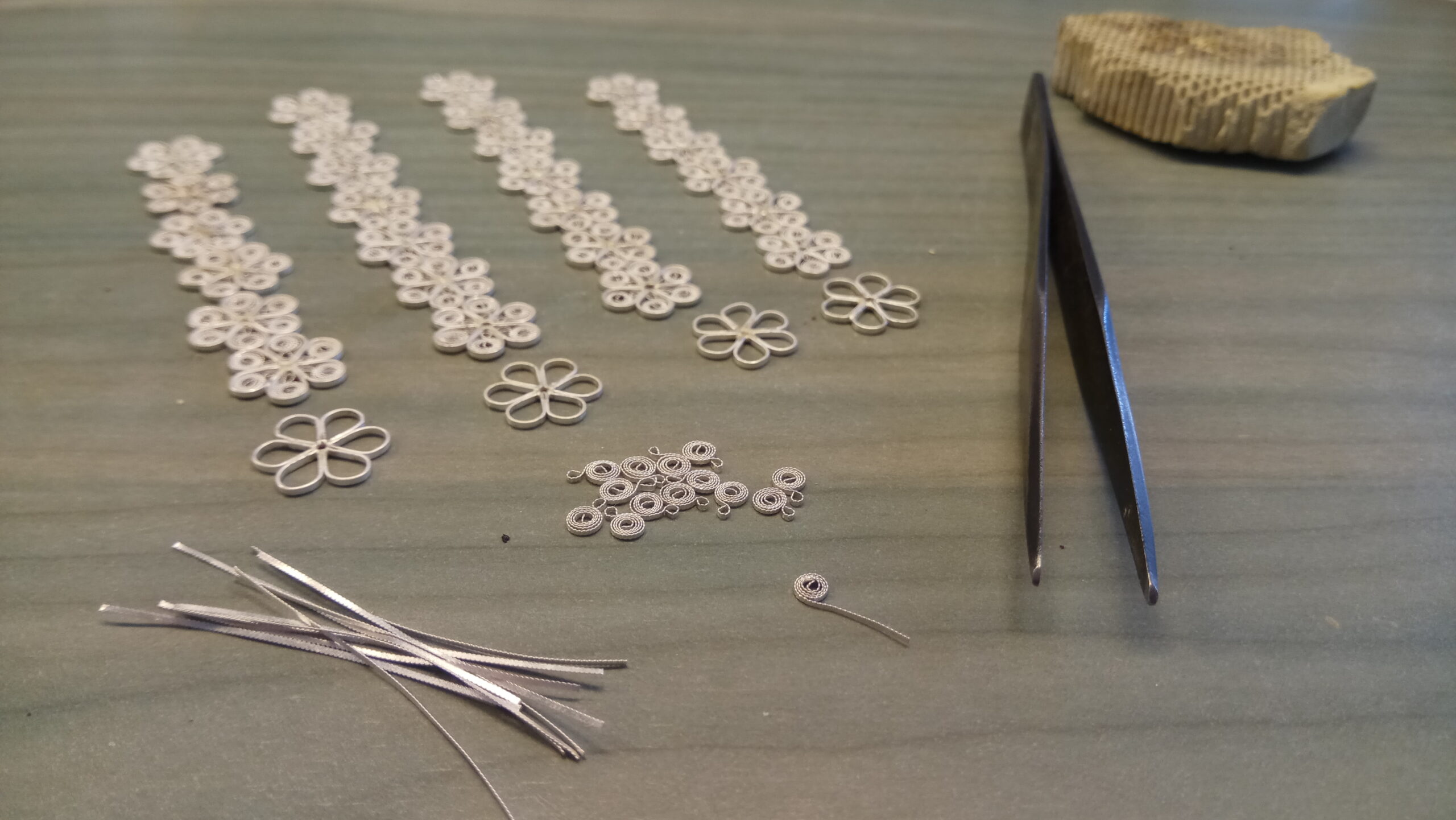The openwork method of decoration became popular in the 2nd century AD during the Roman Period (63 BC – AD 330). This technique involved cutting out sections of sheet gold to create fretwork-like patterns. While examples of this method appear occasionally in earlier periods, it became widespread during the late Roman and Byzantine eras. The earliest filigree pieces, crafted using techniques still employed by goldsmiths today, also date back to this time.
(Source: Jewellery in Ancient Times by Renate Rosenthal, 1973)
Filigree jewelry experienced a resurgence in popularity during the reign of Queen Victoria of England (1837–1901). Feather or leaf brooches, often adorned with pendant drops, became iconic designs of the Victorian era. Other favored motifs included floral patterns, heart-shaped pendants, snake-like gold necklaces and bracelets, and cameos set in gold frames decorated with leaf and scroll work.
(Source: Gems and Jewels by R.L. Austen, 1979)
As Malta was part of the British Empire during this period, the craftsmanship of filigree flourished on the island. Many designs and motifs from this era are now recognized as traditional Maltese filigree.
Today, we blend modern fashion with traditional techniques, incorporating filigree into contemporary jewelry to create unique and artistic styles.


